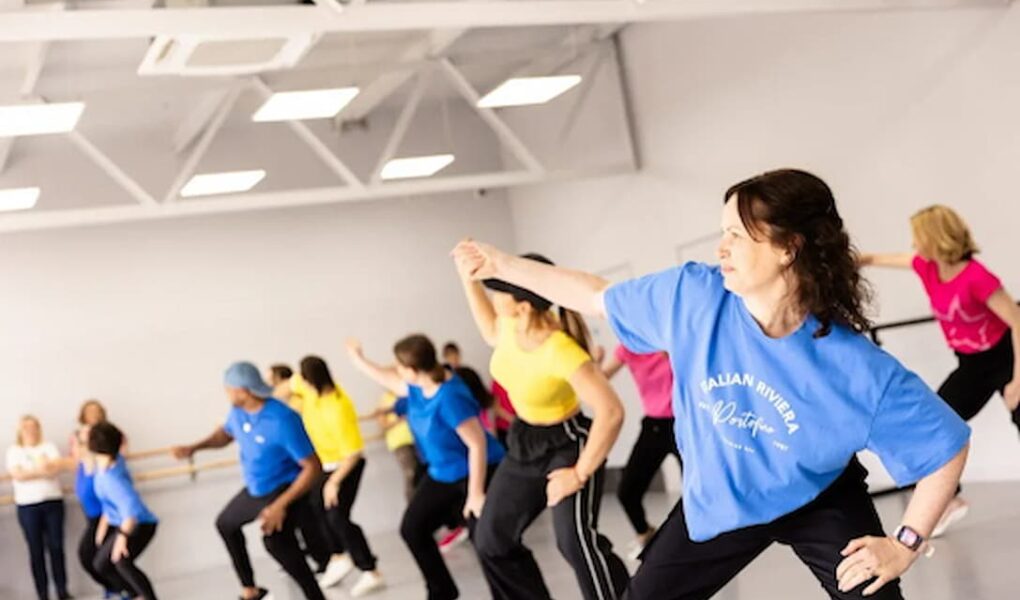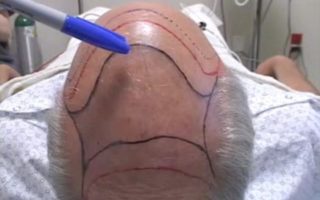Your body thrives on movement, yet modern life often keeps you still. Hours at a desk, long commutes, and endless screen time can leave you feeling drained and disconnected. But what if the key to a healthier, happier you lies in something as simple as moving more?
Movement isn’t just about fitness; it’s about nourishing your mind, boosting your energy, and improving your overall wellbeing. Whether it’s a brisk walk, a yoga session, or even dancing around your kitchen, incorporating movement into your day can transform how you feel—both physically and mentally.
By embracing movement as a daily practice, you’re not just exercising; you’re reconnecting with your body and creating space for balance in your life. It’s time to explore how moving more can lead to living better.
Understanding Wellbeing Through Movement
Movement contributes to your physical strength, but it’s also deeply tied to mental clarity and emotional balance. When you move with intention, your mind calms, your focus sharpens, and your mood can shift. Think about how a brisk walk clears your thoughts or how stretching eases tension after long hours at a desk. These moments connect movement to more than fitness; they link it to your wellbeing.
Ask yourself—how often do you tune in to how your body feels when it moves? Whether it’s a gentle stretch or an intense workout, your movements communicate your needs. Listening to this dialogue helps you bridge the gap between physical and mental health. It’s a way to recognise stress in your shoulders or stillness in your breathing. This awareness brings you closer to balance.
You might see movement as repetitive exercise, yet it’s much broader. Everyday actions like walking to the market, dancing in your kitchen, or even standing from your chair count. Such ordinary activities have the power to energise your body and lift your spirit when done regularly. They foster fluidity, reducing stiffness in both your muscles and your mindset.
Have you considered how movement interacts with other aspects of your life? Your sleep patterns improve as your body becomes used to regular activity. Emotions stabilise when you release pent-up energy. Even creativity can flow more freely after movement, as it promotes mental clarity. It’s not just about doing more; it’s about moving in ways that enhance your quality of life.
So, what makes movement so impactful on your wellbeing? The physical results might be visible, but the unseen benefits run deeper. Movement stimulates your nervous system, helping to regulate stress responses. It releases endorphins, fosters resilience, and aids in emotional recovery after challenging days. These shifts might seem subtle at first, but they accumulate, creating lasting effects.
Benefits Of Movement For Mental And Physical Health
Movement impacts your body and mind in profound ways, enhancing your overall wellbeing. It elevates energy levels, stabilises emotions, and fosters a deeper connection with yourself.
Physical Health Advantages
Your body thrives on motion. Regular activity strengthens your muscles, supports joint flexibility, and improves cardiovascular health. Simple actions, like walking briskly or stretching, can increase your blood circulation and boost oxygen flow. Movement also helps regulate weight by accelerating metabolism. Consistent physical activity might reduce risks of chronic illnesses, including diabetes and heart disease. Better posture and coordination often follow daily movement practices, which can also lessen physical discomfort, like back pain. Smaller movements pave the way for endurance and strength over time.
Mental Health Improvements
Movement influences your mind positively. Physical activity prompts endorphin release, those “feel-good” chemicals that can immediately lift your mood. Exercise often reduces feelings of anxiety, shifting your focus from worry to presence. Active hobbies, such as yoga or cycling, might improve cognitive functions like memory and problem-solving. Movement also aids sleep regulation by calming the nervous system. By incorporating movement consistently, you’ll likely notice clearer thinking, steadier emotions, and a stronger ability to handle stress.
Types Of Movement For Enhancing Wellbeing
Movement isn’t just about exercise, it’s the varied actions you make daily that can transform your wellbeing. Each type plays a role in nurturing both body and mind, helping you feel more revitalised and balanced.
Everyday Activities
You don’t need an elaborate plan to introduce movement. Things like walking to nearby places, playing with your pet, or climbing stairs can already engage your body. These small shifts in routine boost your energy levels while improving circulation. Whether tidying shelves or gardening, each action contributes to a sense of physical flow. Considering how often you sit, these movements can counteract the stiffness a sedentary day leaves behind.
Structured Exercise Programmes
Enrolling in structured activities provides consistency for your fitness goals. Programmes like strength training, Pilates, cardio classes, or circuit workouts might give noticeable physical benefits over time. They often involve guidance from instructors who refine your form for maximum impact. Such settings may also foster social connections, making it easier to enjoy regular participation. If discipline feels difficult on your own, these scheduled sessions ensure better adherence to your wellbeing goals.
Dance Classes
Dance offers an expressive and joyful way to move your body while improving coordination and rhythm. By joining local dance classes, you can explore styles like salsa, ballet, or hip-hop that will challenge both your muscles and your mind. The act of dancing helps release tension while making heartbeats race from exertion and it’s as simple as making a quick internet search to find a local class—something like ‘dance classes Milton Keynes’ will get you started. It’s a social activity too, perfect for meeting others as you immerse yourself in the music-driven environment. Dance reflects how connecting through movement sparks inner vitality.
Mind-Body Practices
Practices like yoga, tai chi, and qigong meld intentional breathing with controlled movements. They cultivate balance and mental clarity by encouraging steady focus. These disciplines require gentle attention to postures, making them accessible even for beginners or those with physical limitations. As your sessions deepen, stress levels diminish and flexibility grows. Through every sequence, such as a yoga flow or tai chi routine, you reconnect with your movements’ innate purpose.
Incorporating Movement Into Daily Life
Incorporating movement doesn’t require drastic lifestyle changes. Small, deliberate efforts can make a big difference to how you feel and function each day.
Simple Tips For Staying Active
Start with short, manageable bursts of activity. Ten minutes of stretching in the morning can set a positive tone for your day. Take stairs instead of lifts whenever possible, adding light exercise to otherwise mundane tasks. Choose walking for short errands—the fresh air encourages both physical motion and mental clarity. If you’re working, set reminders to stand or stretch every 30 minutes. Try hobbies that naturally include movement, like gardening or light home DIY. Dance to your favourite songs, joining fun with fitness. Small choices add up, helping integrate movement seamlessly into your routine.
Overcoming Common Barriers
Barriers to movement often stem from tight schedules or low motivation. Acknowledge the time you do have—could a coffee break pair with walking or stretching. If fatigue holds you back, start small; even gentle stretches revive energy without feeling overwhelming. Lack of space might seem limiting, but simple exercises like bodyweight squats or chair-assisted movements need minimal room. If motivation wanes, consider enlisting a friend for accountability. Busy days can also make movement feel like a chore; instead, weave it into existing habits, like pacing while on calls. Focusing on adaptability helps dismantle obstacles and builds consistency.
Last Thoughts
Movement is a powerful tool for nurturing your physical and mental health. By embracing it in ways that fit your lifestyle, you can unlock greater energy, clarity, and emotional balance. Whether it’s a mindful stretch, a brisk walk, or a joyful dance, every small step counts towards a healthier, more connected you.
Approach movement with curiosity and kindness, allowing it to become a meaningful part of your self-care routine. With consistency and intention, you’ll find that even the simplest actions can transform how you feel, think, and live.




